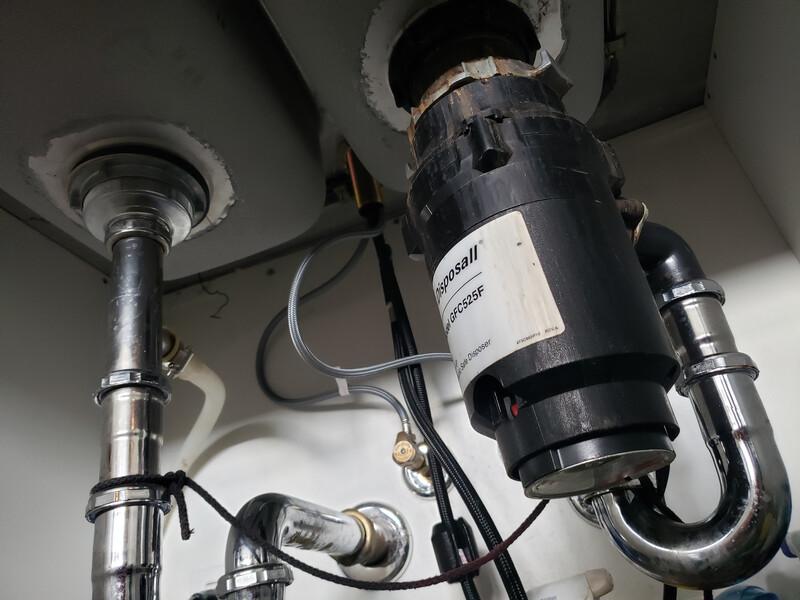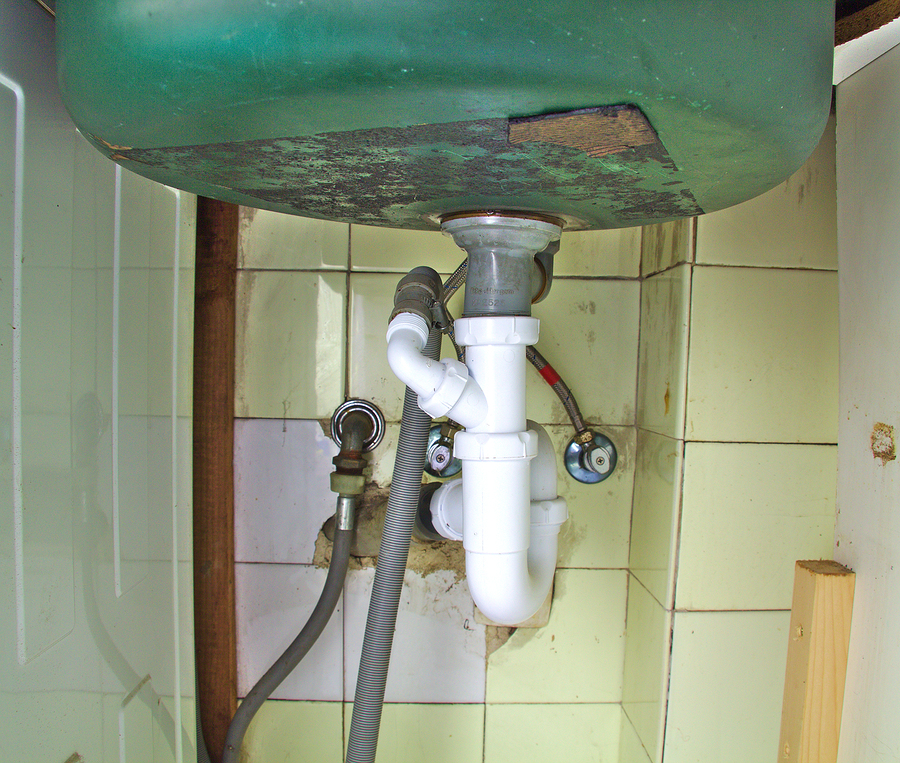Quick Steps to Stop a Leak in Your Garbage Disposal
Quick Steps to Stop a Leak in Your Garbage Disposal
Blog Article
Just about every person may have their own individual conception when it comes to Why Is .

Waste disposal unit are essential cooking area home appliances that assist in getting rid of food waste effectively. Nonetheless, a leaking waste disposal unit can be an aggravating and untidy issue to deal with. Luckily, lots of leakages can be fixed easily with a couple of simple actions. In this post, we will certainly talk about just how to take care of a leaking waste disposal unit efficiently.
Intro
Waste disposal unit are installed under kitchen area sinks and are designed to shred food waste right into smaller pieces, enabling it to travel through the pipes system quickly. While these tools are normally dependable, leakages can take place in time due to deterioration, loosened links, or damages to the device.
Common Causes of Leaks in Waste Disposals
Worn Seals and Gaskets
Seals and gaskets play a crucial function in stopping water from leaking out of the garbage disposal. With time, these parts can deteriorate, leading to leaks around the disposal unit.
Loose Connections
The links in between the waste disposal unit and the plumbing system can end up being loose over time, triggering water to leakage out throughout operation.
Splits or Openings in the Disposal System
Physical damages to the waste disposal unit, such as cracks or openings in the housing, can also lead to leakages.
Identifying the Source of the Leakage
Before trying to take care of a dripping waste disposal unit, it is essential to determine the source of the leak. This can typically be done via visual assessment or by performing simple tests.
Visual Evaluation
Check the garbage disposal device meticulously for any indicators of water leakage. Pay very close attention to areas around seals, gaskets, and connection factors.
Examining for Leakages
One means to examine for leaks is by running water via the disposal system and looking for any type of noticeable indicators of leakage.
Tools and Materials Needed for Fixing a Leaking Waste Disposal Unit
Prior to beginning the repair service procedure, gather the necessary tools and products, including a screwdriver, flexible wrench, plumbing's putty, substitute seals or gaskets, and epoxy or patching product for fixing splits or openings.
Step-by-Step Guide to Repairing a Dripping Waste Disposal Unit
Shut off the Power
Prior to trying any type of repair work, make sure that the power to the waste disposal unit system is turned off to avoid the risk of electric shock.
Locate the Leak
Recognize the precise location of the leakage and establish the reason.
Tighten up Connections
Use a wrench to tighten any loose links between the disposal unit and the pipes system.
Replace Seals or Gaskets
If the leakage results from worn seals or gaskets, eliminate the old components and replace them with new ones.
Patching Cracks or Holes
For splits or holes in the disposal device, usage epoxy or an appropriate patching material to seal the damaged location.
Testing the Garbage Disposal After Repair
When the repair is full, evaluate the garbage disposal by running water through it to make sure that the leak has been solved.
Preventive Maintenance Tips to Stay Clear Of Future Leakages
To avoid future leakages, it is necessary to execute routine upkeep on your waste disposal unit. This consists of keeping it tidy, preventing putting non-food items or difficult items down the disposal, and regularly checking for leaks or other problems.
Verdict
In conclusion, repairing a leaking waste disposal unit is a relatively uncomplicated process that can be completed with standard tools and products. By complying with the steps described in this write-up and exercising preventive maintenance, you can maintain your waste disposal unit in good working problem and avoid expensive repair services in the future.
What to Do About a Leaking Garbage Disposal
A leaking garbage disposal often goes unnoticed until you confront a sopping cabinet, a foul-smelling puddle, or an audible drip-drip-drip from the unit. The fix can be frustrating, too, because the leak can stem from a number of components in the system. Fortunately, with a little sleuthing, you can zero in on the leak and—depending on the exact location—stop the icky oozing and repair the component that caused it. Worst case scenario, if it turns out that the garbage disposal must be replaced, installing a new one is a reasonable do-it-yourself task for those with basic plumbing skills. Read on to keep the cash you’d otherwise hand over to a pro.
Prepare to find the leak
Prior to testing the garbage disposal for leaks, unplug it at the wall outlet and turn off the power from the breaker box to prevent electrical shock. Then insert a watertight sink stopper into your sink drain and wipe the unit dry with a clean cloth. In any handy container, mix a few drops of food coloring into a few cups of water, and pour the dyed water onto the sink stopper to help you locate the leak.
Investigate the source
the top, where the disposal meets the sink drain the side, where the dishwasher hose or main drain pipe connects to the disposal or the bottom of the unit Inspect each of these locations while gliding a light-colored rag over the unit; the dyed water will readily show on the rag and reveal the location of the leak. If a leak isn’t immediately apparent, remove the sink stopper and pour a few more cups of dyed water down the sink drain, then check for leaks again. Leaks near the top of the unit are more likely to show themselves while the sink is plugged, while side and bottom leaks are more noticeable while the sink is unplugged.
The metal sink flange that sits directly inside the sink drain is typically sealed around the top with plumber’s putty (a clay-like sealant) and then secured from under the sink with bolts. If the plumber’s putty deteriorates, or the bolts loosen, the flange can no longer form a watertight seal between the sink drain and the disposal—which could cause a leak at the top of the unit.
To reseal the leaky flange, you must first detach the garbage disposal. Start by loosening the screws securing the main drain pipe to the disposal, then loosen the screws in the metal clamp securing the dishwasher hose to the disposal and detach the drain pipe and dishwasher hose from the disposal. Loosen the screws in the mounting ring that connects the disposal to the metal mounting assembly beneath the sink, then pull down the disposal and carefully set it on a clean, dry surface. Loosen the bolts in the mounting assembly with a wrench, then pull down the mounting assembly and set it near the disposal.

We are very enthusiastic about Why Is and I'm hoping you enjoyed reading the post. In case you enjoyed our blog posting please be sure to pass it around. I cherish reading our article about How to fix a pretty consistent leak from my garbage disposal.
Call Today Report this page